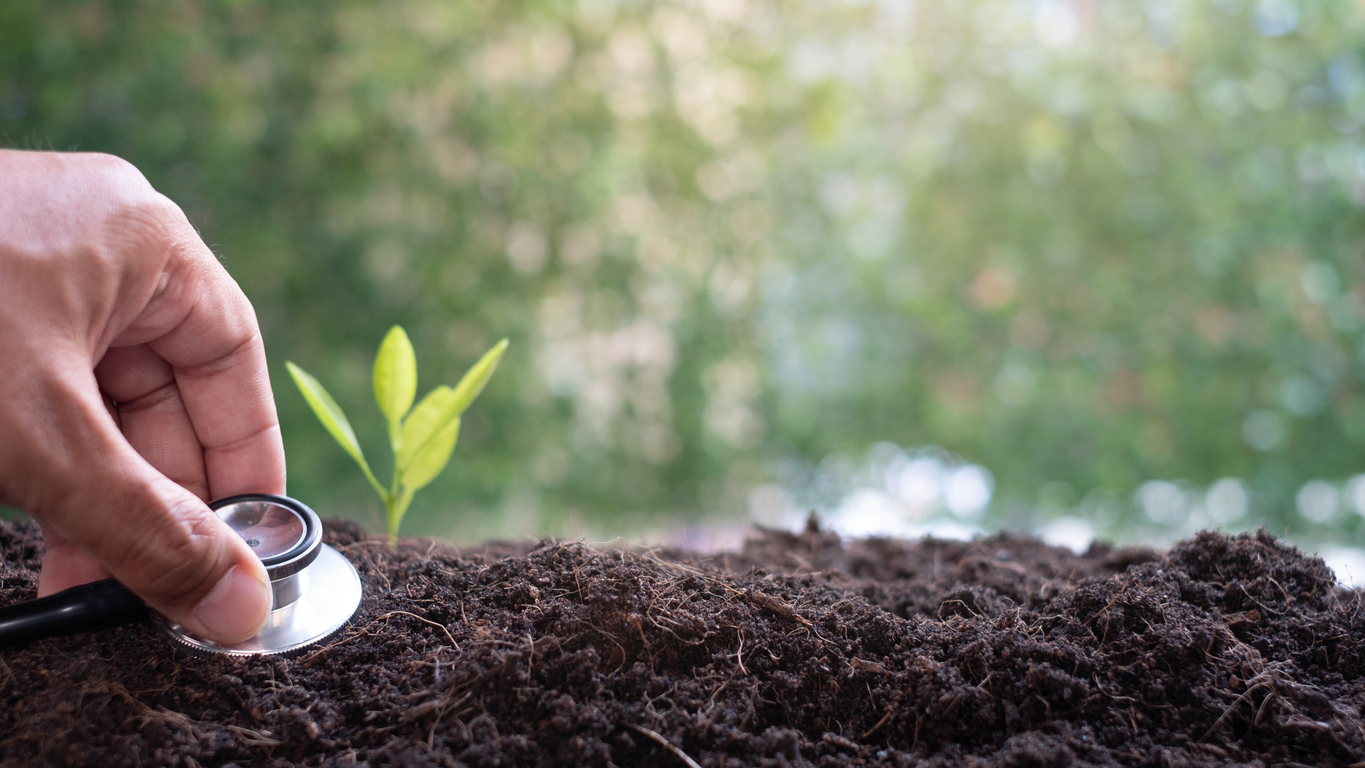Fall Tillage and Soil Compaction

Agricultural field practices seem to be like our national politics, very much divided. Maybe 25% more fields planted to cover crop due to H20 Ohio funds. On the other hand, there appears to be more vertical tillage, chisel plowing and plowing. Green fields surrounded by bare fields. The wet fall weather, soggy soils, and tillage has created hard pans and poor soil structure. Perhaps winter freezing and thawing will mellow out our soils but tilling soils wet almost always creates more problems; especially with soil compaction, drainage, and soil structure. Farmers have many reasons for fall tillage. Eliminating ruts, burying diseased plant residue, and burying weed seed are common explanations. Stale seed beds (light fall tillage) create spring soil conditions for good seed to soil contact and slightly warmer soils which allow plants (especially corn) to germinate quickly. Corn is a warm season plant that also benefits from nutrients released during tillage. Soybeans and even wheat are ...


